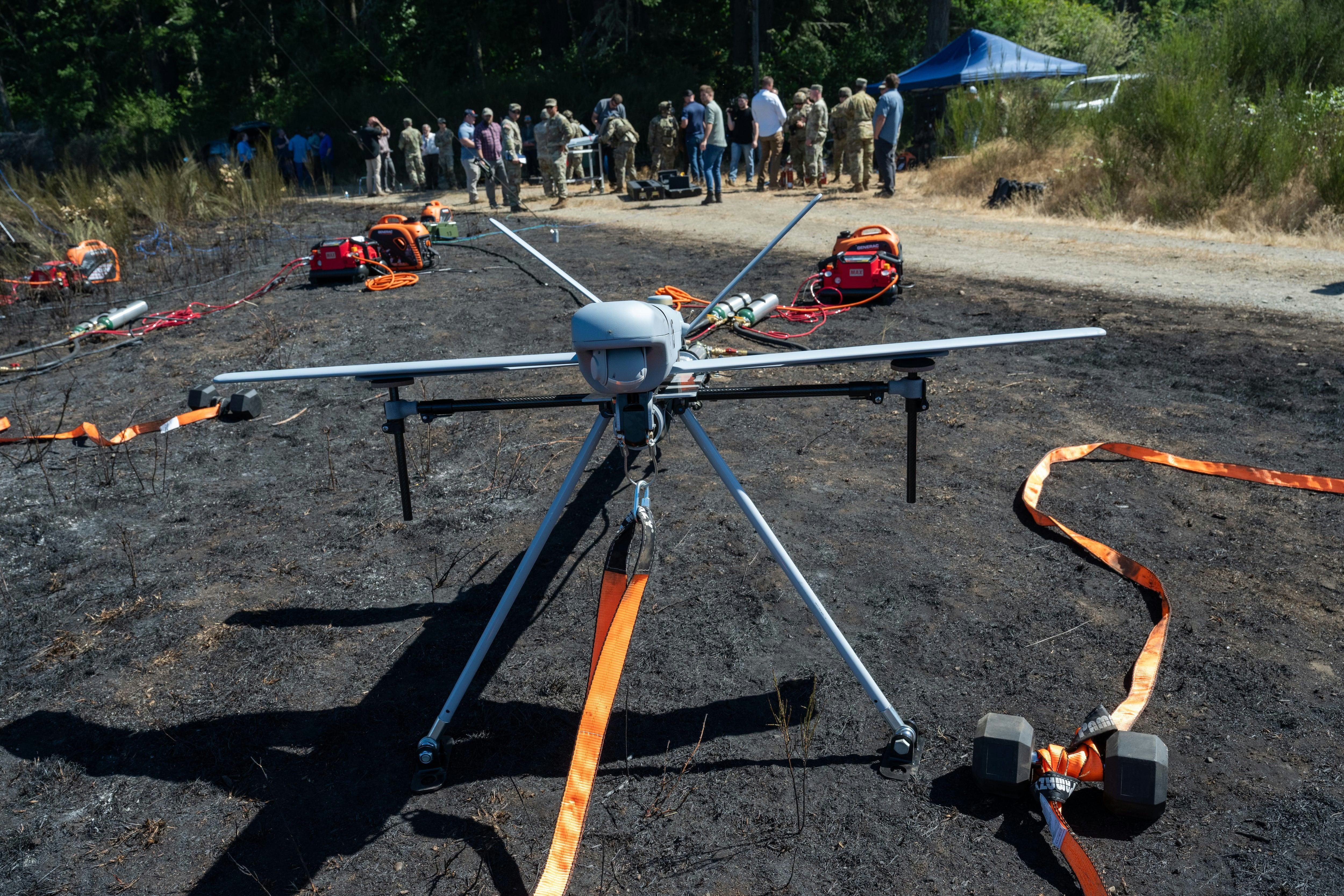
AeroGenie: Su copiloto inteligente.
Tendencias
Categories
Bordeaux Airport Uses Patrol Robot to Develop AI Surveillance

Bordeaux Airport Advances AI Surveillance with Autonomous Patrol Robot
Bordeaux Airport has embarked on a pioneering initiative to enhance its perimeter security by integrating artificial intelligence (AI), robotics, and drone technology. In collaboration with Running Brains Robotics, the airport is participating in the PANDRONE AI project, which aims to strengthen surveillance capabilities and safeguard critical infrastructure through cutting-edge technological solutions.
Deployment and Capabilities of the GR100 Patrol Robot
Central to this initiative is the deployment of Running Brains Robotics’ GR100 autonomous patrol robot. Equipped with five cameras, including a thermographic sensor, the GR100 systematically captures high-resolution images of the airport’s perimeter fences. This data is instrumental in training AI algorithms to identify anomalies such as intrusions or structural damage. The robot’s ability to communicate directly with field operatives enables the proactive transmission of critical information, facilitating rapid response to potential security threats.
The GR100’s effectiveness has been demonstrated during a recent six-month trial at the Paris–Saclay–Versailles aerodrome, operated by Groupe ADP and SafeSquare, where it achieved a 97% detection rate. This performance highlights the transformative potential of AI-driven robotics in enhancing airport security operations.
Challenges and Industry Implications
Despite the promising results, Bordeaux Airport faces several challenges in integrating the patrol robot into its existing security framework. Ensuring seamless compatibility with current systems, addressing cybersecurity risks, and managing the financial implications of deploying and maintaining advanced AI solutions remain significant considerations. Additionally, scaling these technologies while preserving operational reliability presents a complex undertaking.
The airport’s adoption of AI surveillance technology is attracting considerable attention within the security technology sector. Industry analysts anticipate increased investor interest in AI-driven security solutions, while competitors may accelerate their own AI initiatives or invest in similar technologies to maintain a competitive edge.
Context and Future Prospects
Bordeaux’s initiative coincides with the upcoming RoboCup event in the city, which will feature approximately 2,000 robots and underscore the expanding role of AI in large-scale environments. This event is expected to further demonstrate the capabilities of robotics and AI in enhancing security and operational efficiency, potentially influencing future technology adoption at Bordeaux Airport and across the aviation sector.
As airports worldwide seek to reinforce their security infrastructure, Bordeaux Airport’s deployment of autonomous patrol robots represents a significant advancement toward more intelligent and automated protection of critical assets.

Lufthansa's Fleet Plans for 2025
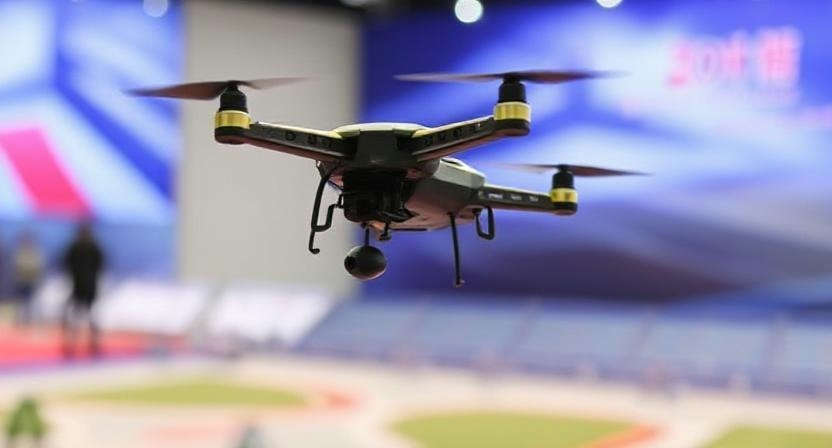
Fifteenth National Games Model Aviation Finals in Longhua Showcase Drone Sports and Innovation
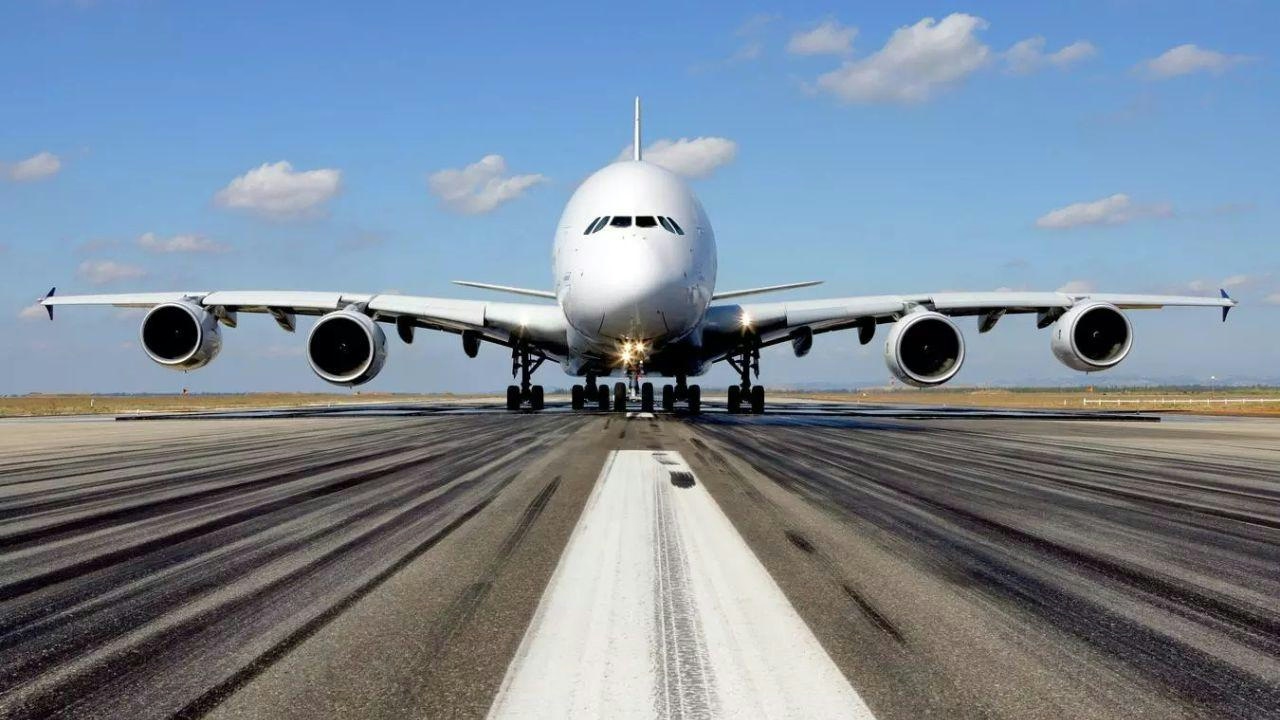
Brazilian Woman Becomes First Female Captain of Airbus A380
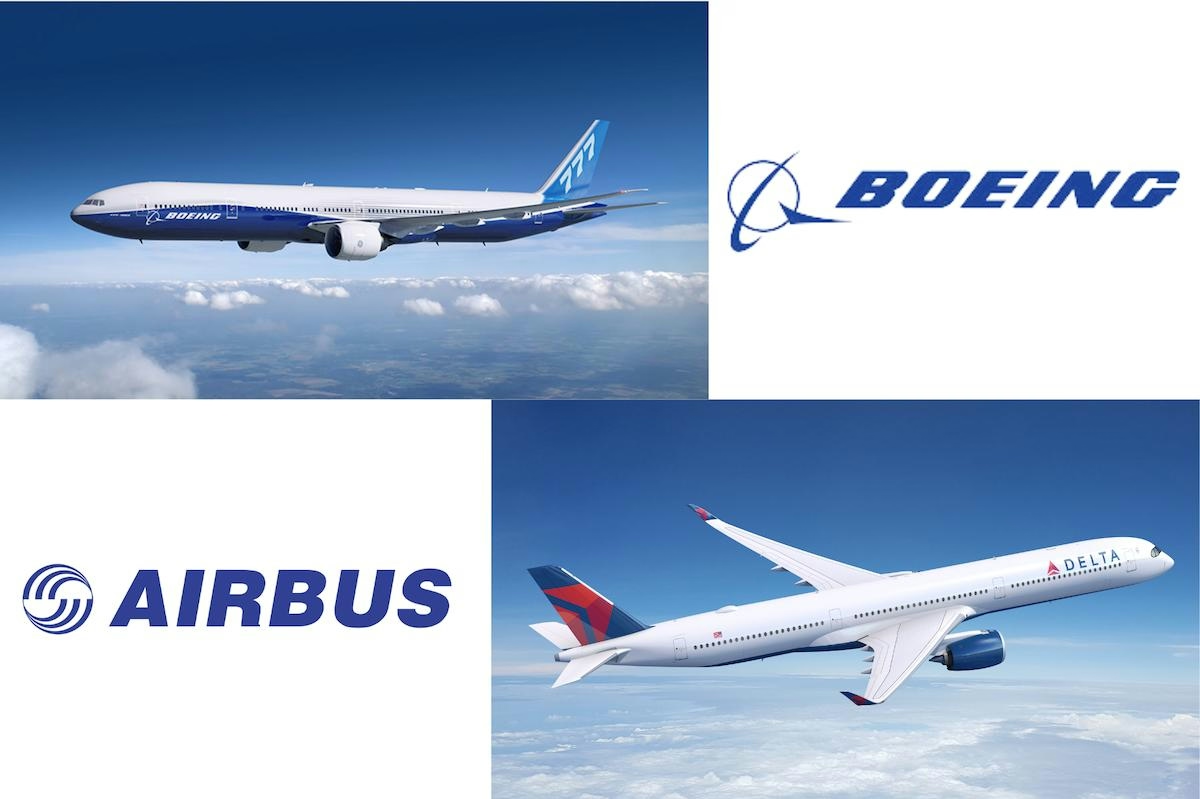
Airbus and Boeing: Comparing Their Global Reach
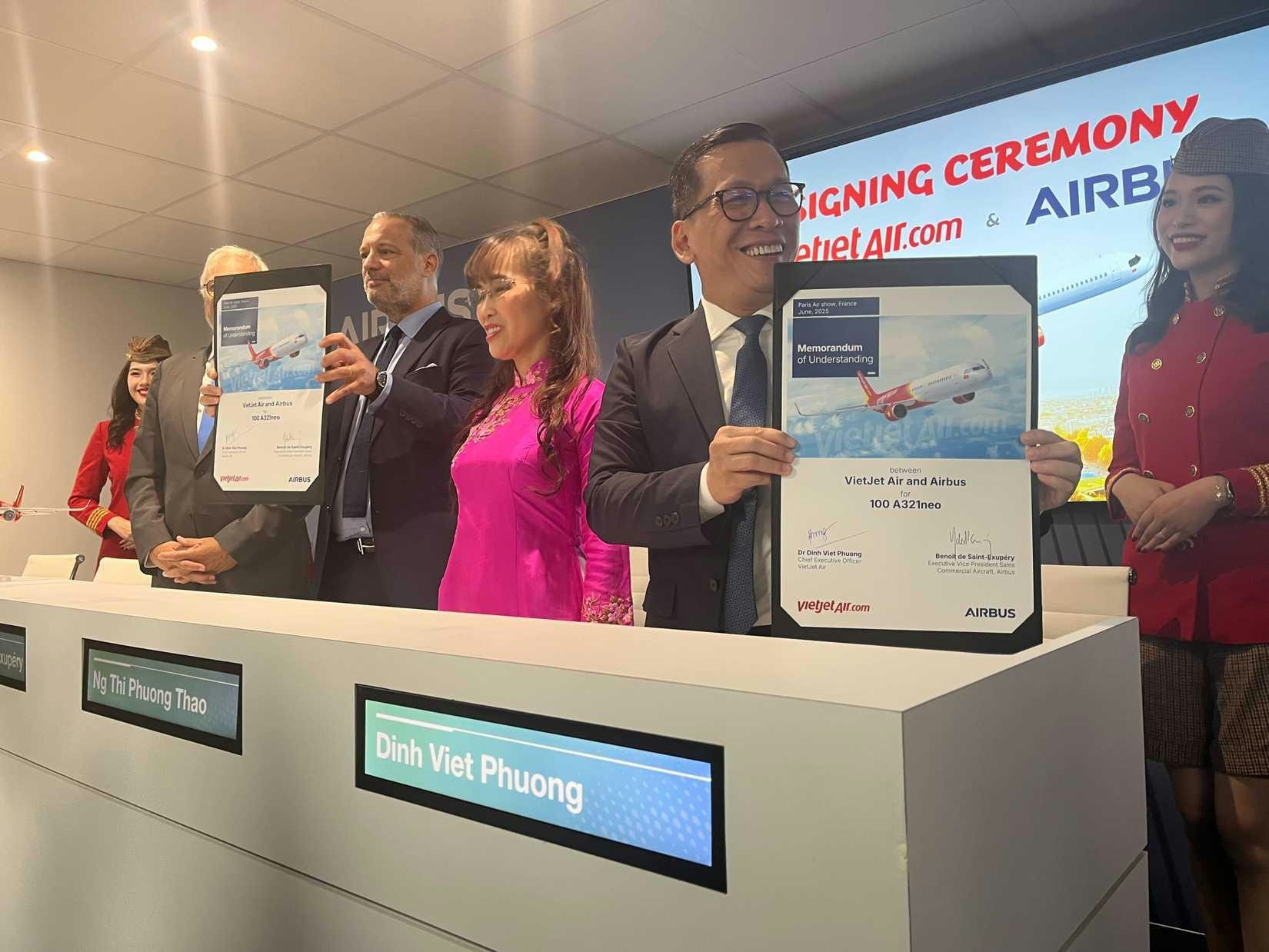
Vietjet Orders 100 Airbus A321neo Jets, Strengthening UK-Vietnam Strategic Partnership
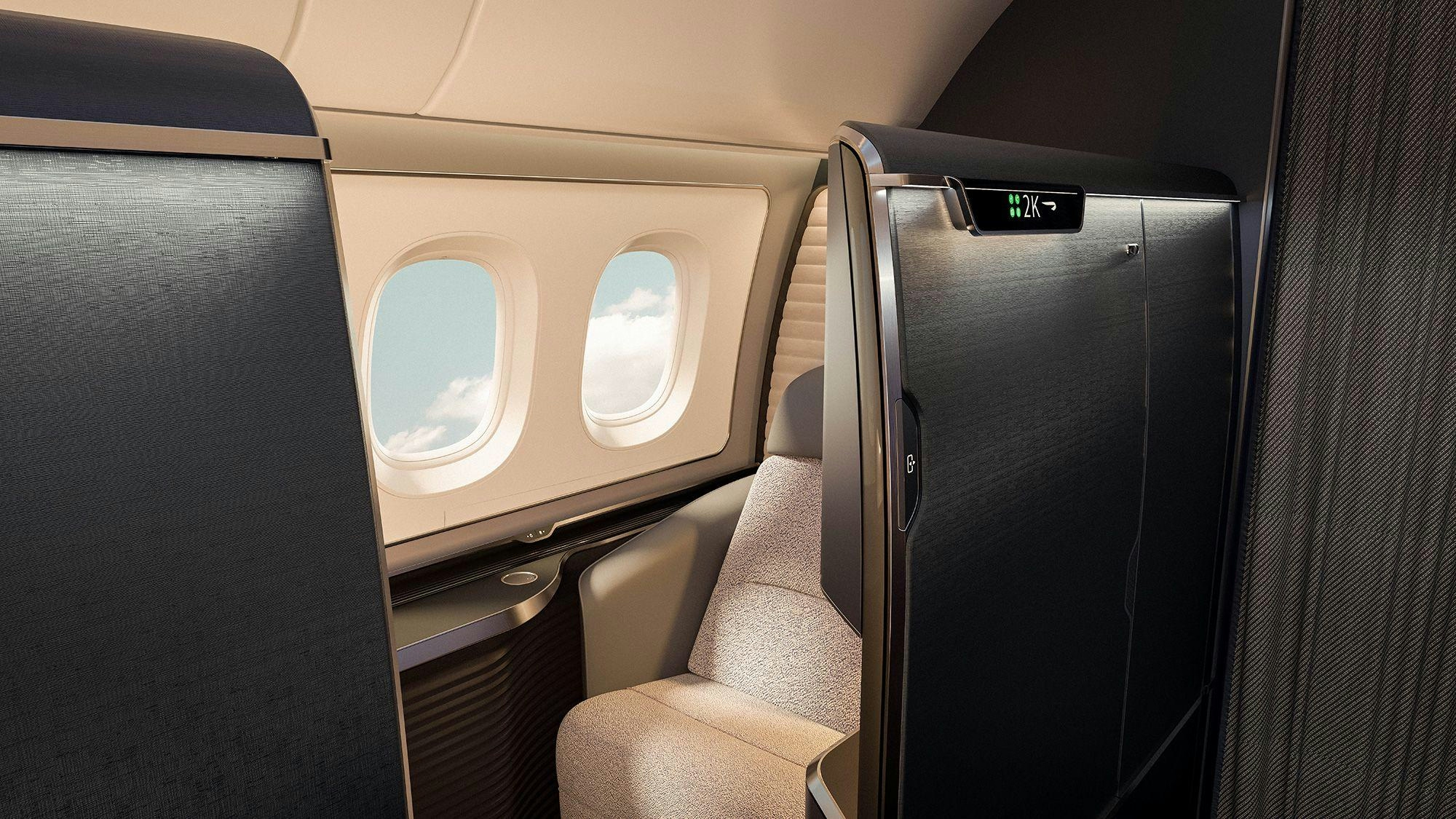
The Aircraft Set to Replace the Iconic Superjumbo

Delta Air Lines Introduces AI-Powered Concierge Service

Shanghai to Host 2025 North Bund International Aviation Forum

Air Methods Acquires Three Bell 407GX Helicopters and Receives Bell 429 for Medical Fleet
